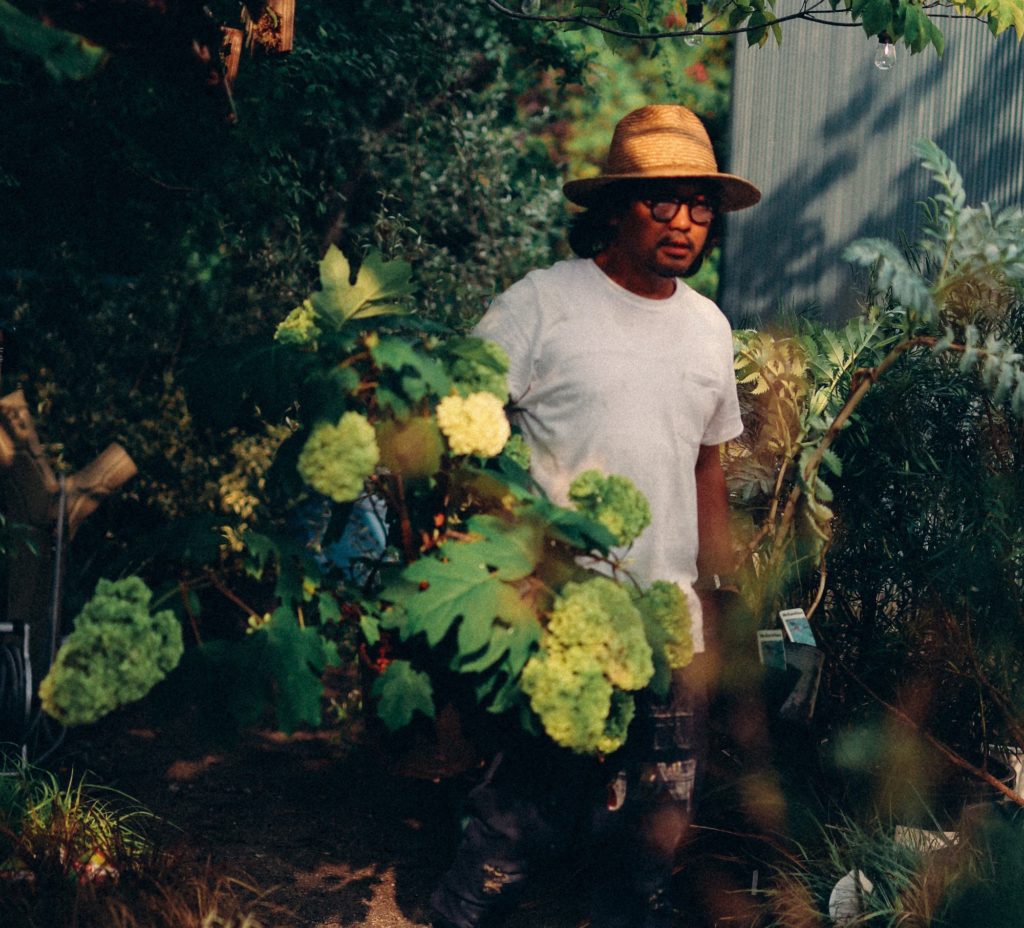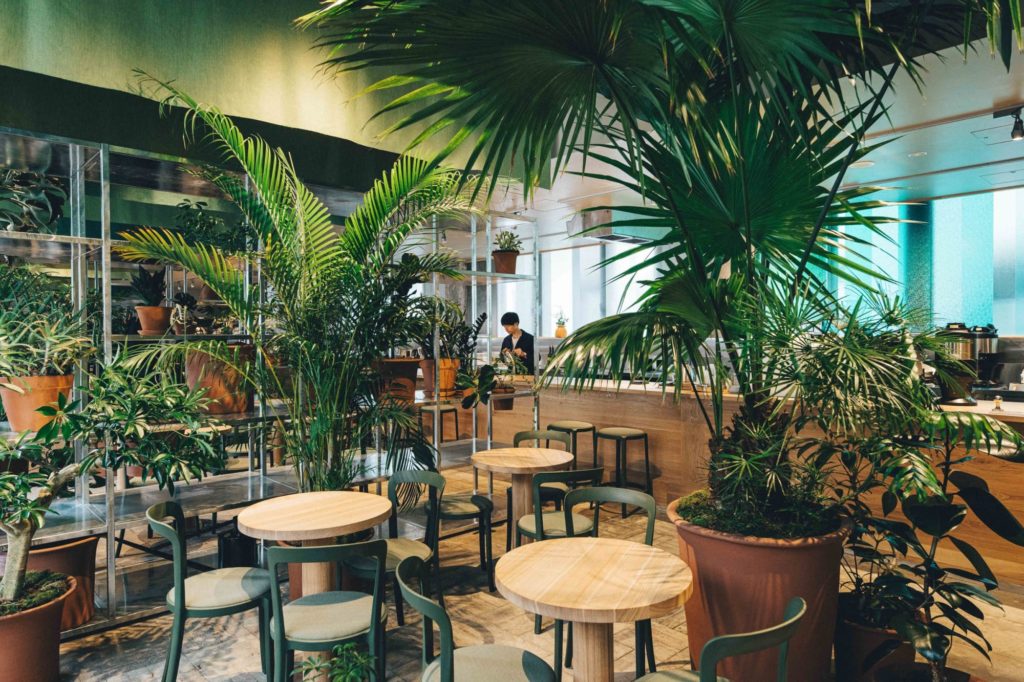
Kei Amano, (founder of YardWorks), is a designer and plant specialist from Yamanashi with a knack for creating environments that convey the benefits of living with greenery.
Alongside the increasing popularity of outdoor lifestyles in Japan, city dwellers are growing more aware of the absence of plant life in our urban centres. While traditional garden design remains de rigueur, new approaches are appearing that are suited to the modern climate and lifestyle.
Landscape company YardWorks, which operates between Yamanashi and Tokyo, builds on the tradition and seasonal nuance of Japanese gardens and mixes these with outside influences. For its founder, Kei Amano, this combination responds well to changing lifestyles and needs.
“We started YardWorks with the idea of creating an original garden genre that only we can create, where we can mix with foreign cultures and feel the four seasons of Japan while maintaining respect for Japanese gardens.”
Existing somewhere along the fuzzy line between gardening and landscape architecture, YardWorks operates on a range of scales and contexts. Amano san’s training in garden design and his appreciation for what he admires as architecture’s “consideration [of] the history and environment of the place,” helps provide a sensitivity to the power of plants within a variety of “everyday landscapes.”
THE SOIL, YardWorks’ base in Yamanashi was opened in 2017 and operates as both a garden shop and principal design office. A Meguro outpost in Tokyo allows Amano san to work freely between projects in both city and country. Rather than a hindrance, for Amano san the travel provides “a great time to think about many things.”
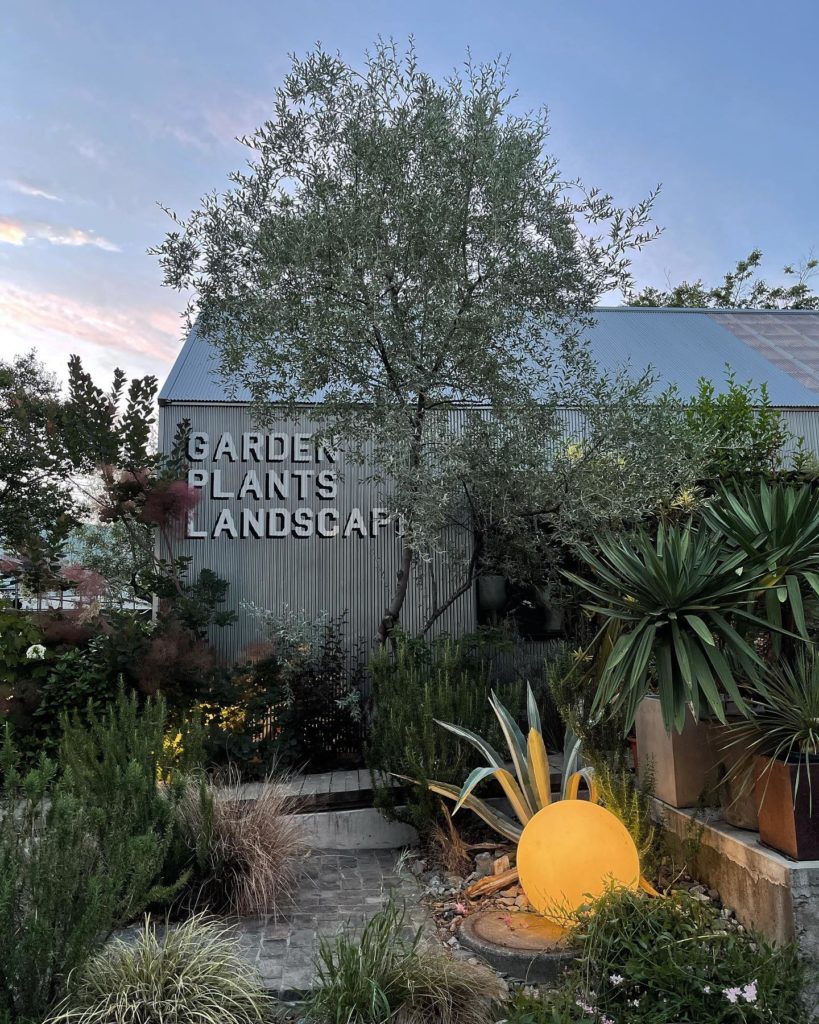
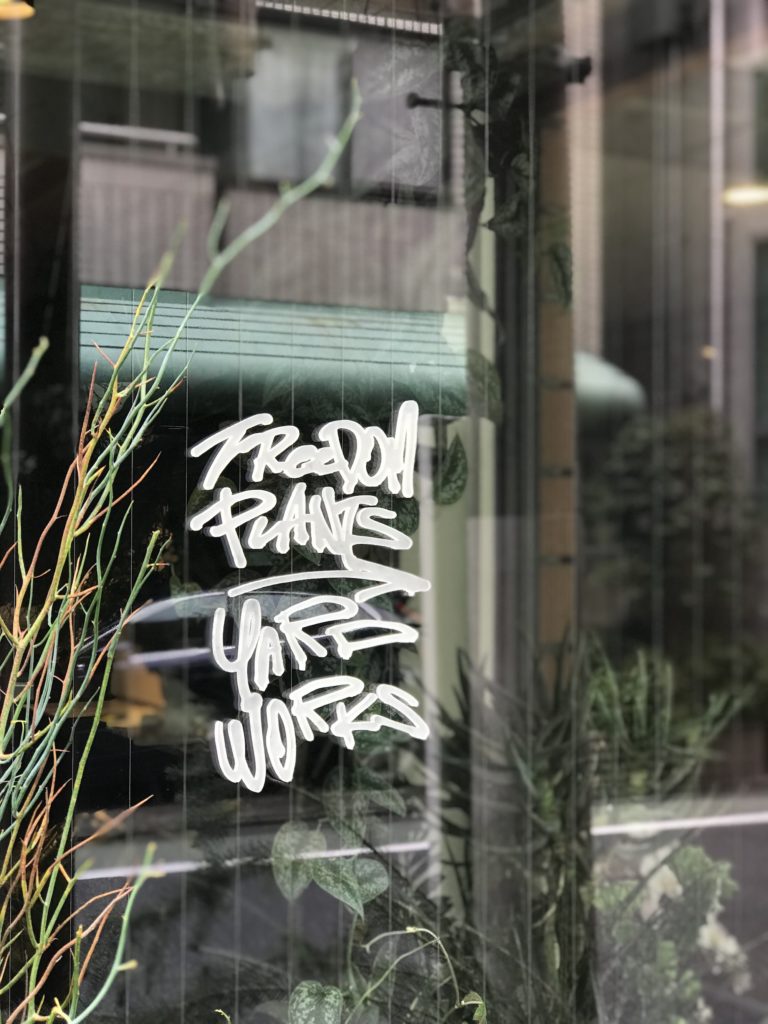
The dual nature of these working environments is well-suited to a designer who is able to draw inspiration from (and adapt to) many sources and contexts.
“I make gardens in various places, so the workflow is different every day. On the days of plant purchases and on-site work, I wear tabi (traditional footwear) and head to the site early in the morning. At meetings and office work, I wear sneakers and make materials at the office.”
The variety and site-specificity of the environments he encounters also lends itself to a collaborative style. Speaking about a recent project for leading Japanese winemakers 98 Wines, Amano san is enthusiastic about the process of creating a unique world view and atmosphere with local producers. “We shared with everyone the joy and hardship of creating something that can only be expressed here.”

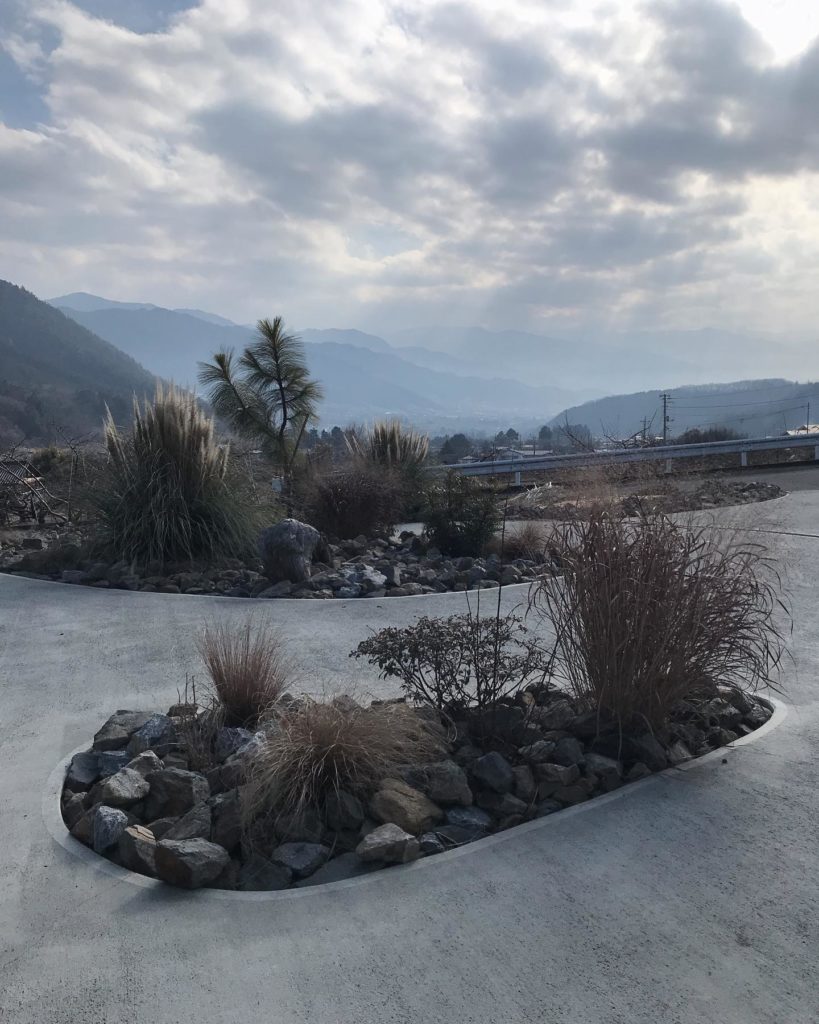
This collaboration extends to the management of his designs once they are handed over to clients. Amano san provides lectures on plant management and a guidebook for how to look after each species, with advice on “changing the direction of the plants, misting and watering them daily, etc.”
More frequently requests are made for spaces that cannot accommodate certain plants or difficult growing environments. “I don’t want the plants to be treated simply as tools for interior decoration, so I need the staff of that store to cooperate with me.” says Amano San. “You need to have a love for plants. For this reason, we refuse all stores where cooperation from the store staff is difficult.”
As both plant guardian and prophet, Amano san sees the relationship between people and plants changing. “In recent years, there has been a demand for green infrastructure, which is a way to create spaces that use the power of nature to reduce disasters and mitigate climate change.”
As we spend more and more time outdoors, plants – and the spaces they create – are set to become even more important actors in the places that make up our daily lives. For this frontier of a rapidly changing environment, designers like Amano san and his hybrid style will become invaluable guides to a greener future.
